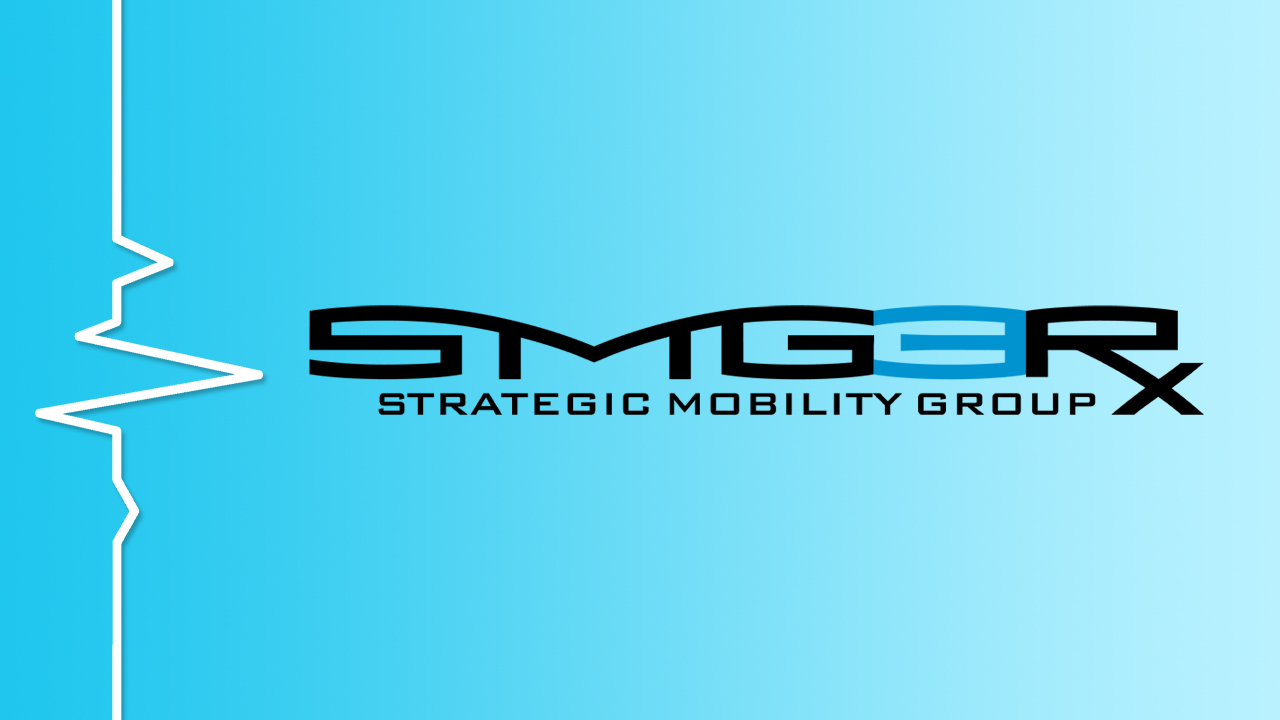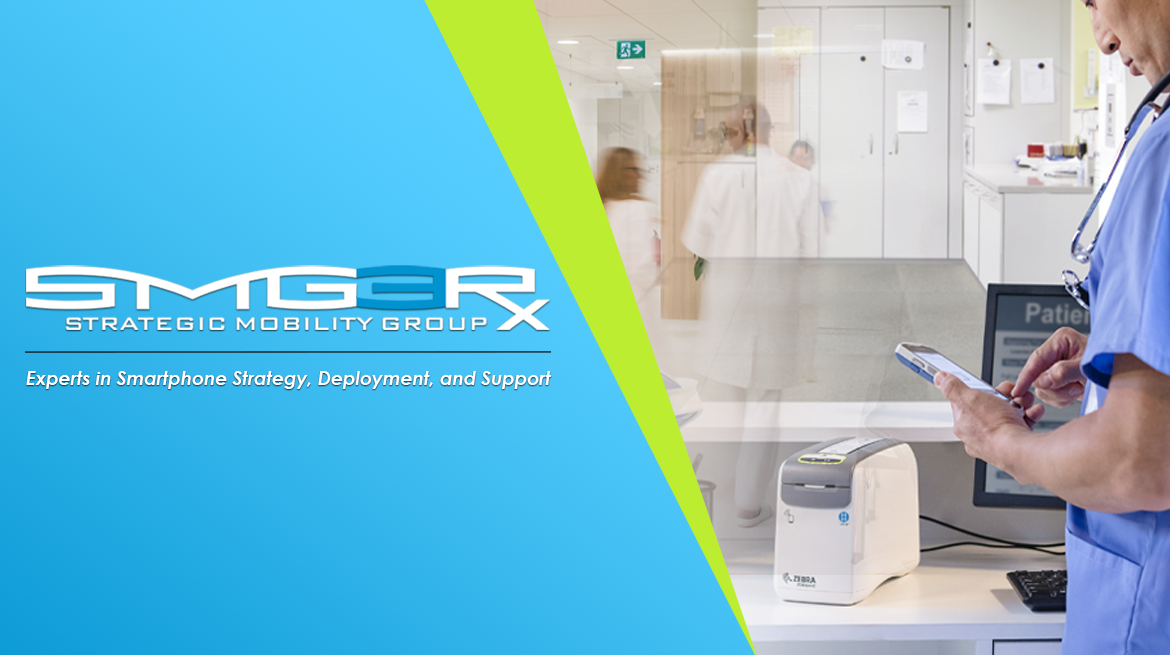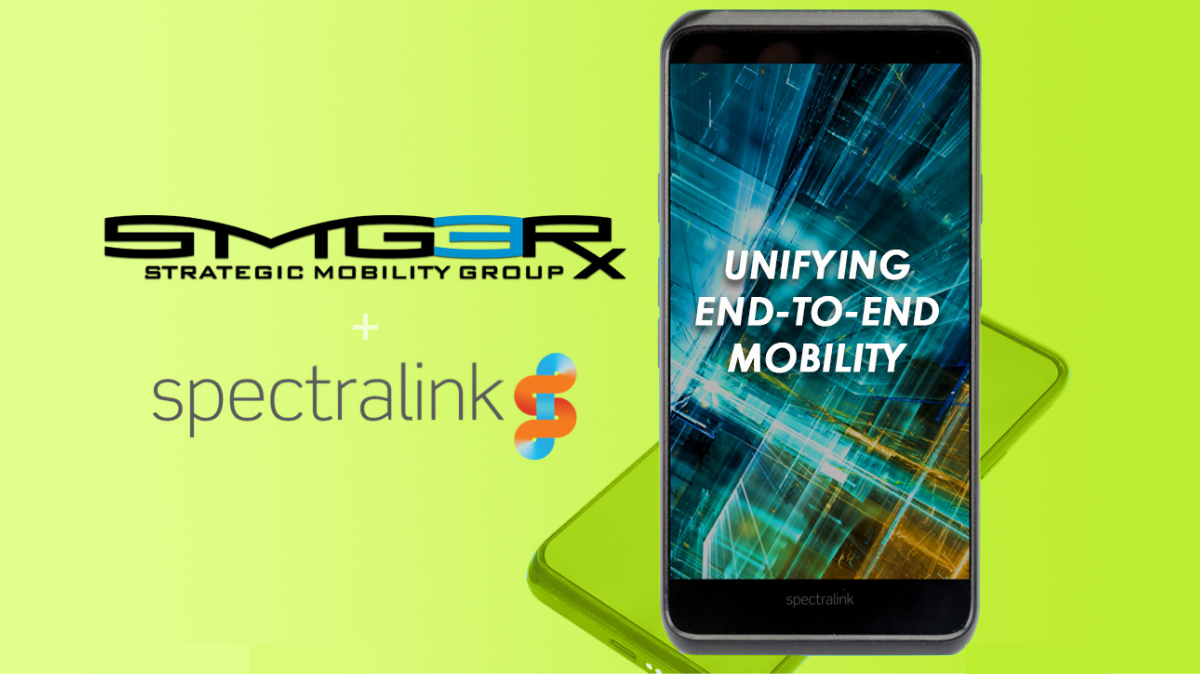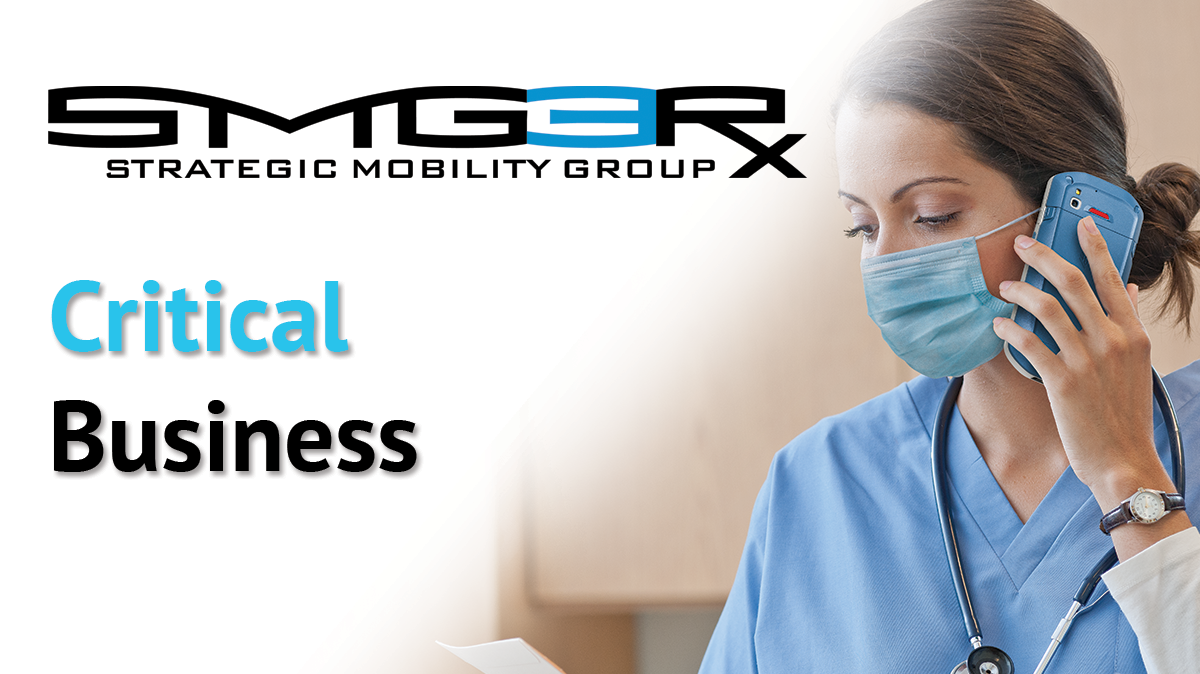One of Strategic Mobility Group's partners, Zebra, recently released an informational and helpful blog we wanted to share.
Along with nurses across the globe, both Zebra and PatientSafe Solutions are reflecting on what we can do in this unprecedented time of need. We know we must leverage the power of community and the strength of partnerships to posit solutions that accelerate the vendor community’s response to COVID-19 and increase support for clinicians in extended care models. The communication challenges nurses faced pre-COVID-19 are now critical. As nursing leaders, we must act to help ensure safe and timely communication in a dynamic care environment that requires new roles, new caregiver groups and new patient beds in traditional non-treatment areas. As nurse leaders, we must break down all barriers and collaborate across competitive lines, standing together to support our clients who are the backbone of the healthcare delivery system.
Clinical communication and collaboration across an expanded care team has been challenging for as long as we can recall. However, significant growth in clinical mobility over the past 18 months has helped to ensure that bedside caregivers receive the right communication about the right patient at the right time and with the right priority. This progress has been made as healthcare systems demand more of their communication platforms, requiring that:
- Patient and clinical data is sent to the point of care so that clinicians have the contextually-relevant information they need to make decisions and take action in a safe and timely manner
- Electronic medical records (EMR) be extended to the point of care through the deployment of complementary communication solutions and devices that enable all forms of communication including:
- Appropriate delivery of alarms and alerts
- Notification of high priority EMR alerts, such as discharge and STAT orders
- Peer-to-peer and group communication
- Mobile barcode medication administration and specimen collection workflows, including bedside label printing
THE EXPANDED COVID-19 CARE TEAM AND COMMUNICATION WORKFLOWS
With COVID-19, all focus has shifted to wartime-type care delivery. Do what we must, however we can, to save lives.
Communicating in a COVID-19 care delivery environment requires a unique, flexible communication strategy and platform. We want to share some early communication lessons from our customers in hopes of helping you, your team and ultimately your patients.
Nurses have long been innovators. As care areas expand, new facilities emerge and solutions to conserve critical PPE are identified, clinicians are increasingly looking to mobile solutions. Capacity management, broadcast staff messaging and communication within care teams, with patients and with visitors are paramount. Many organizations are looking to expand telehealth to within their four walls, connecting caregivers to patients via video chat. This enables the patient to receive timely response and care while reducing the number of times a clinician is required to enter the patient room, conserving personal protection equipment (PPE) and limiting exposure.
The ability to quickly add new roles and groups to your communication solution enhances care team mobility and reduces the number of caregivers needed in an isolation room. We are currently working with healthcare systems to implement the following examples of role and group expansion:
Role Expansion:
- COVID respiratory therapy
- COVID transport
- COVID EVS
- COVID supply runner
- COVID infection control
- COVID staff screener
- COVID PPE nurse
Group Expansion:
- COVID rapid response
- COVID incident command
- COVID Admin (Shift administrator and key onsite decision makers)
Communication Workflow Expansion:
- COVID capacity management, which focuses on patient throughput and equipment logistics
- COVID visitor screening and communication across care teams about visitor presence
- COVID employee screening to identify potential employee infections as early as possible
- COVID broadcasts across the employee and contractor base to satisfy emerging staffing needs
We are also collaborating to fast track additional solutions for you, including linking staff in mobile testing areas to inpatient resources.
As nurses, we know communication has always played a significant role in safe, timely care delivery. As we’ve seen in recent weeks, COVID-19 has driven rapid changes in demand for telehealth and remote patient engagement. We believe this also provides the opportunity for a unified sense of urgency that will drive the industry to improve mobile strategies and platforms to make communication safer, smarter and more directly supportive of the new reality. Now is the time to collaborate and work together to implement technologies that support our teams on the front line.
Whether sharing lessons learned, assisting in enhanced legacy communication platforms and patterns, or fast tracking upgrades and new solutions, we are here to share and assist in whatever way possible. You are in our thoughts, today and every day. Please know we stand with you.
Contact us to learn how SMG3 can help.




